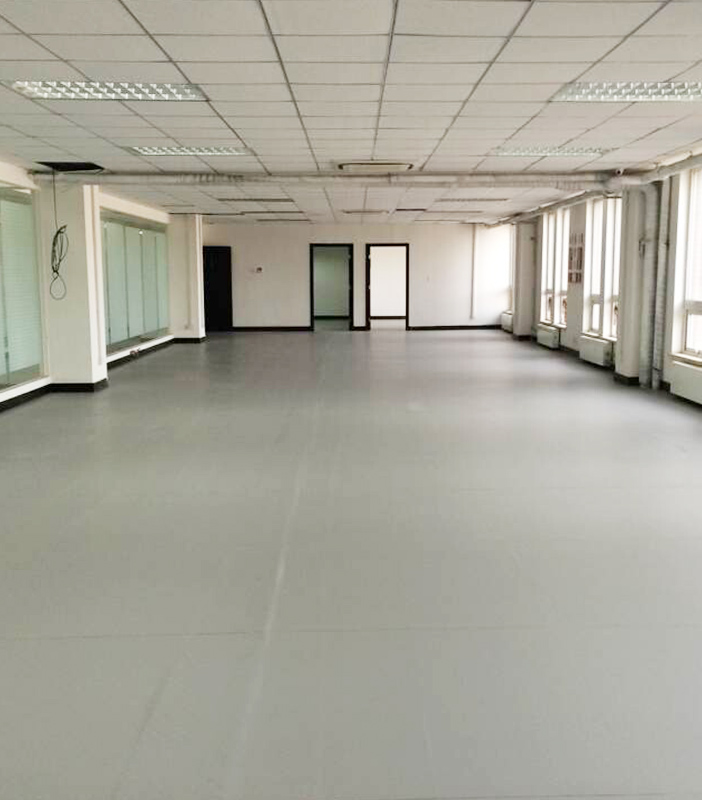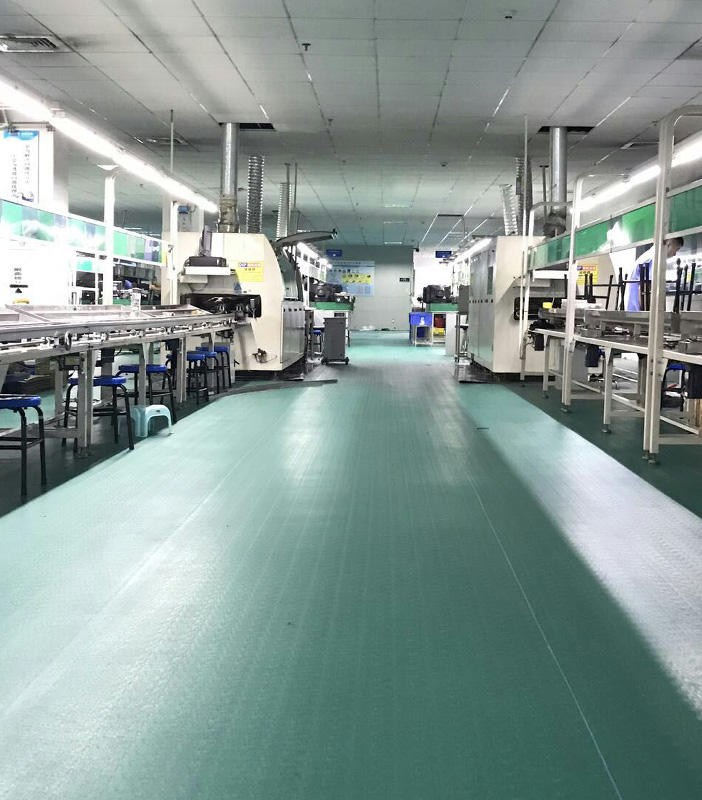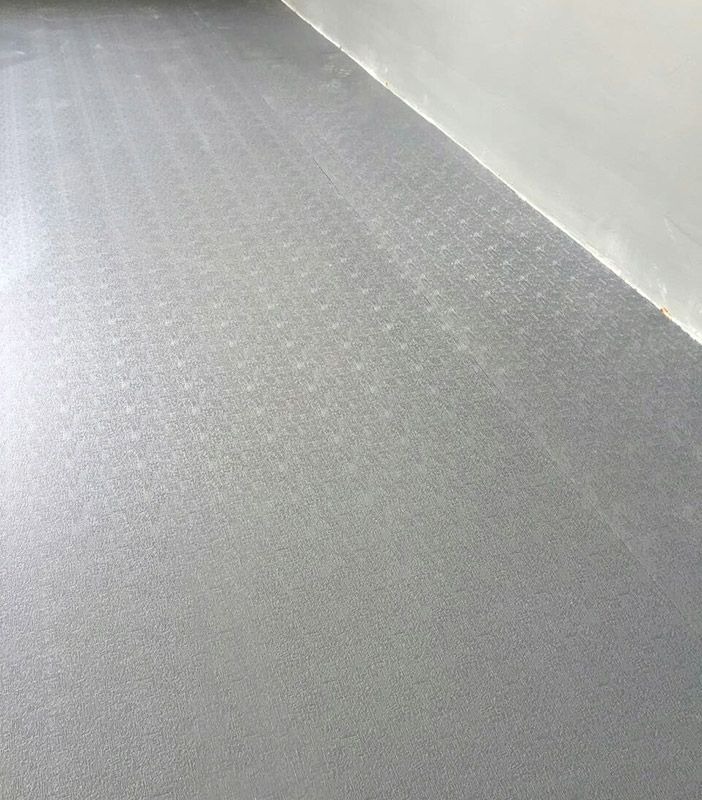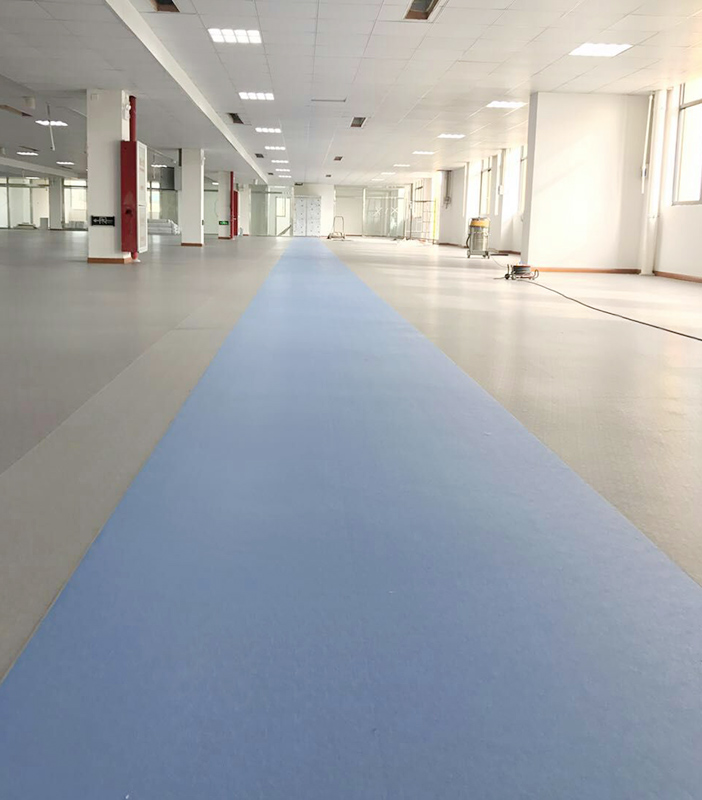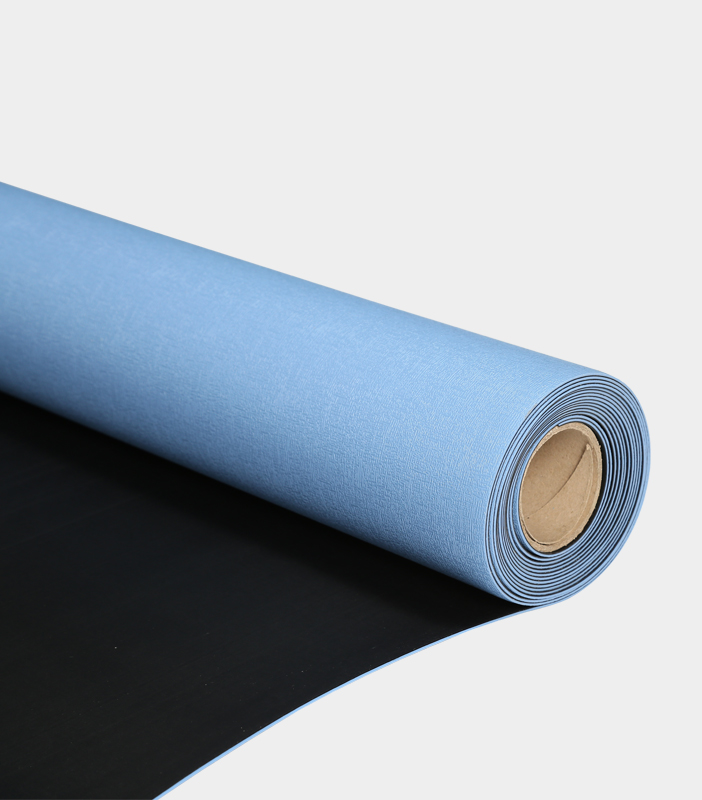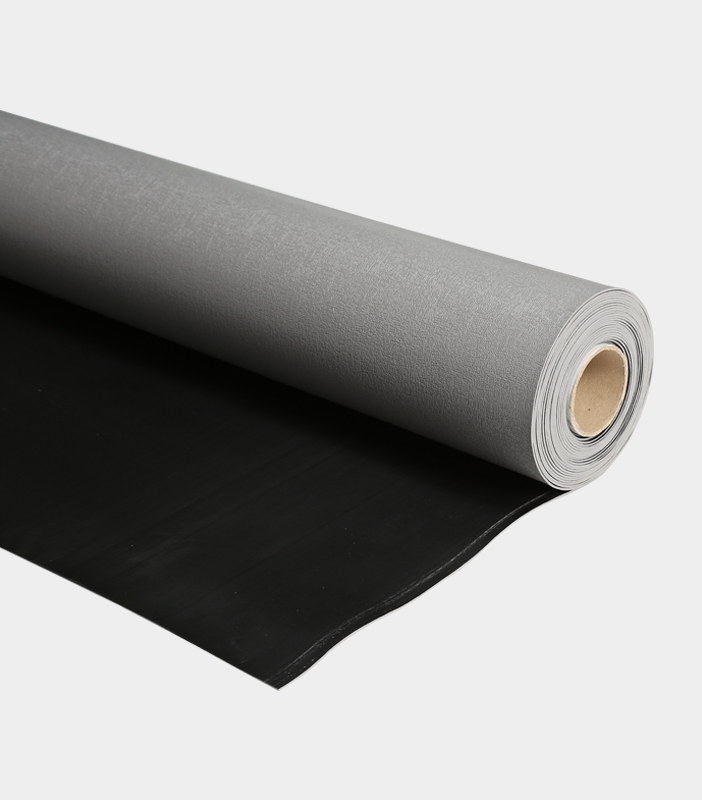Anti-static work mats, also known as ESD (Electrostatic Discharge) worksurface mats or ESD table mats, are essential components in various industries, particularly in electronics manufacturing and assembly, where sensitive electronic components are at risk of damage from electrostatic discharge. These mats are carefully designed and constructed using specific materials to control and dissipate static electricity, ensuring a safe working environment.
Materials Used in Anti-Static Work Mats
1. Conductive Rubber: Conductive rubber is a popular choice for anti-static mats. It contains conductive materials, such as carbon or metal, that allow the mat to conduct static electricity away from the user or sensitive electronic equipment. These mats are known for their durability and long-lasting performance.
2. Vinyl: Vinyl anti-static mats are another common option. They are typically made by mixing vinyl with conductive materials, and they provide a smooth and non-abrasive surface for work. Vinyl mats are often used in cleanroom environments.
3. Foam: Anti-static foam mats are lightweight and easy to handle. They are constructed from foam materials with conductive properties. These mats are ideal for situations where workers need cushioning and comfort along with static control.
4. Layered Materials: Some anti-static mats are constructed with multiple layers. These layers may include a conductive layer, a static dissipative layer, and a top layer that offers resistance to wear and tear. This layered design ensures effective static control while maintaining durability.
5. Natural Rubber: Natural rubber anti-static mats are derived from rubber tree latex. They are inherently dissipative and offer a good balance between conductivity and cost-effectiveness.
6. Silicone: Silicone-based anti-static mats are resistant to chemicals, heat, and UV radiation. They are often used in environments where these factors may be a concern.
7. Static-Dissipative Thermoplastic: Mats made from static-dissipative thermoplastic materials provide consistent electrical properties and are known for their static control capabilities. They are commonly used in electronics manufacturing and assembly.
8. Polyurethane: Polyurethane anti-static mats are durable and resistant to chemicals. They are suitable for workstations where chemical exposure is a concern, such as in laboratories.
9. Textile: Some anti-static mats feature a textile surface with conductive fibers woven into the fabric. These mats are comfortable to work on and are often used in areas where employees stand for extended periods.
10. Nitrile Rubber: Nitrile rubber mats are oil and chemical-resistant, making them ideal for use in environments where these substances are present. They provide good static control properties as well.
The choice of materials in anti-static work mats is critical for several reasons:
1. Static Dissipation: All of the mentioned materials have the ability to dissipate static electricity. This is crucial in preventing the buildup of electrostatic charge on surfaces or individuals, which can lead to ESD events that damage sensitive electronic components.
2. Durability: Many anti-static mats are subjected to heavy use in industrial settings. The materials used must be robust and resistant to wear and tear to ensure a long lifespan for the mats.
3. Chemical Resistance: In some workplaces, exposure to chemicals or solvents is common. Mats made from resistant materials like nitrile rubber or silicone can withstand such conditions without compromising their anti-static properties.
4. Comfort and Safety: Materials like foam or textured rubber provide cushioning and reduce fatigue for workers who stand for extended periods. This not only enhances comfort but also contributes to safety by reducing the risk of accidents caused by fatigue.
5. Cleanroom Compatibility: In cleanroom environments, where cleanliness and particle control are critical, mats with smooth and easily cleaned surfaces, such as vinyl or silicone mats, are preferred.
The anti-static work mats, whether referred to as ESD worksurface mats, ESD table mats, or simply anti-static mats, play a crucial role in preventing electrostatic discharge-related issues in various industries. The choice of materials for these mats is based on factors like conductivity, durability, chemical resistance, and comfort, all of which are essential for maintaining a static-free and safe working environment, especially in settings where sensitive electronic components are involved.

 简体中文
简体中文 English
English España
España Deutsch
Deutsch